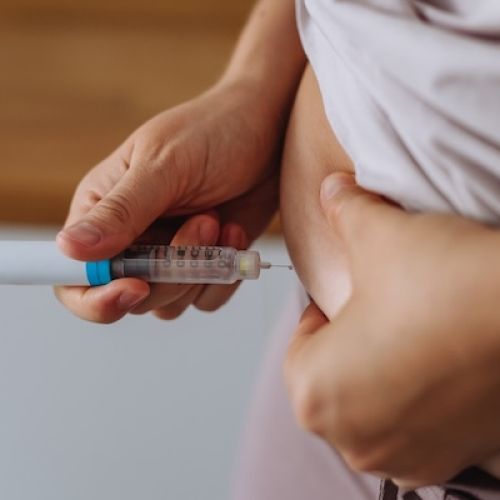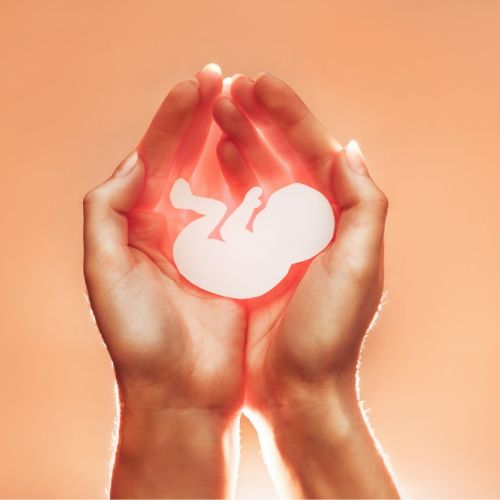How Successful Is Frozen Embryo Transfer?

The first frozen embryo transfer occurred in the 1980s, and since then the procedure has improved in its ability to successfully result in pregnancy. In fact, research shows the success rate of a frozen embryo resulting in a live birth is between 57% and 63%.
Here at California Center for Reproductive Health — with offices in Encino, Valencia, and West Hollywood, California — our reproductive specialists use precision and experience to successfully conduct frozen embryo transfers as part of many in vitro fertilization procedures.
Here’s why you might choose to freeze embryos and what happens during the process.
Why would I consider a frozen embryo transfer?
When you undergo in vitro fertilization, it can result in multiple viable embryos. You might choose to freeze any that are not used during a current cycle for future IVF cycles.
Freezing embryos also gives our specialists more time to make sure the woman’s uterus is prepared to successfully accept an embryo for implantation. We may use hormones or monitor her natural cycle to optimize the uterus.
When embryos are frozen, there’s less pressure to get the uterus ready on a specific calendar. The embryos are thawed when the woman’s system is ready to accept them. In some cases, this may mean months or years after the freezing process.
Embryos are often frozen when you decide to undergo PGT, which is preimplantation genetic testing, because it can take several days and up to a week to get the results. PGT helps you determine whether an embryo is viable, healthy, and free of genetic mutations.
Embryo freezing also helps a family preserve their future fertility. In couples in which one partner is undergoing cancer treatment, hormone therapy, or gender affirmation surgery, embryo freezing gives them a chance for a pregnancy that better fits their timeline.
What happens during a frozen embryo transfer?
An embryo is an egg that’s been fertilized in a lab and is ready to implant in the uterus. Freezing it halts the embryo’s developmental process.
Not all embryos are frozen at the same time. Some may be frozen the day after fertilization (Day 1), at cleavage stage (Day 3), or when they become blastocysts (Day 5). We determine when to freeze embryos, how many embryos to freeze at once, and when to thaw them based on several factors, including your age and general embryo health.
The time when we thaw the embryos for transfer depends on when and how your embryos were frozen. Some may need more time to grow in the lab before being placed in your uterus.
Prior to receiving the frozen embryo, we make sure the woman’s menstrual cycle is at a point that best supports a pregnancy. Often we give hormones that help to optimize the endometrium, or lining of the uterus. Blood tests and ultrasounds help us monitor how the woman’s body responds so we can pick just the right time for implantation.
We take careful consideration when transferring embryos to a woman’s uterus. The reproductive specialists want to transfer a number that gives you the highest chance of achieving a successful pregnancy but the lowest chance of pregnancy with multiples.
How successful is frozen embryo transfer?
Remember that no assisted reproductive technology (ART) can 100% guarantee a pregnancy or result in delivery of a healthy, full-term newborn.
The success of frozen embryo transfer depends on the quality of the embryos. Women younger than 35 tend to produce higher quality embryos, but if these embryos are implanted when a woman is older, they still have a high chance of successful implantation. If you choose to freeze your embryos after the age of 35, the chance of having lower-quality embryos increases.
At California Center for Reproductive Health, we want to do everything possible to help you achieve the family you desire. Please reach out to learn more about frozen embryo transfer, in vitro fertilization, and other ART.




